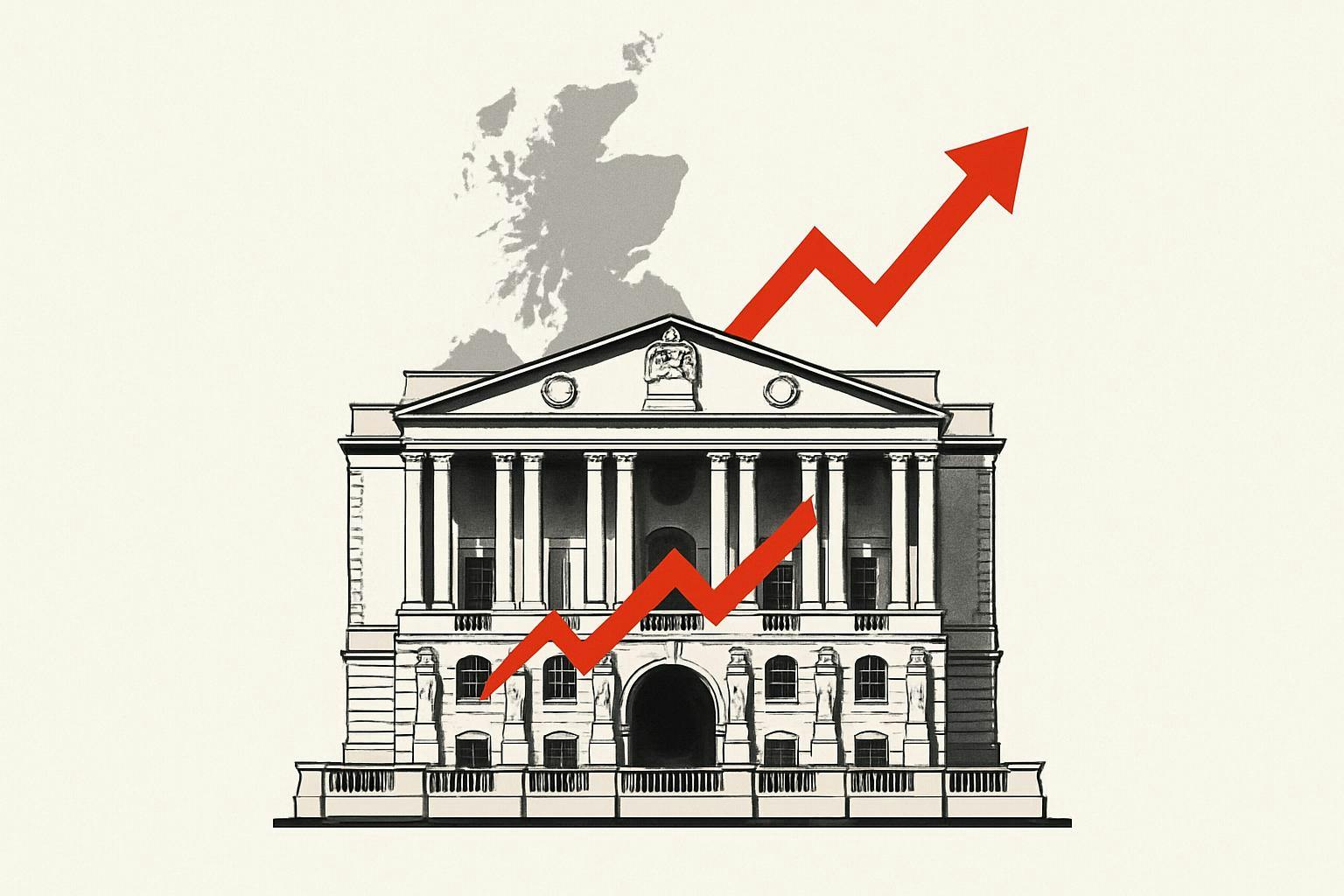What’s going on here?
April’s unexpected inflation surge in the UK has made the Bank of England wary, especially as it weighs rate cuts later in the year.
What does this mean?
The UK’s consumer price index (CPI) for April once again defied forecasts, presenting a conundrum for the Bank of England’s Monetary Policy Committee. While economists anticipated a milder increase, inflation exceeded expectations due to factors like a late Easter and changed transport taxes. With airfares alone boosting services CPI by 12 basis points, it’s clear why this spike surprised economists. Despite these challenges, Deutsche Bank notes the April slowdown in the core services measure, suggesting potential shifts in monetary policy. Yet, any dovish moves in the short term are unlikely, given ongoing inflation pressures.
Why should I care?
For markets: Waiting for the rate reset.
Investors are watching the Bank of England closely as April’s inflation figures obscure the chances of a near-term rate cut. The idea of a June cut now seems off the table, but there’s still hope for August. If inflation expectations stabilize and the labor market eases, conditions could align for a rate reduction, boosting market optimism.
The bigger picture: Balancing inflation with growth.
Globally, central banks are walking a tightrope, balancing inflation control with economic health. The UK’s April data highlights the difficult task of adjusting monetary policy amid volatile economic indicators. As the Bank of England braces for Q2’s developments, its decisions could set the tone for other economies facing similar challenges.
